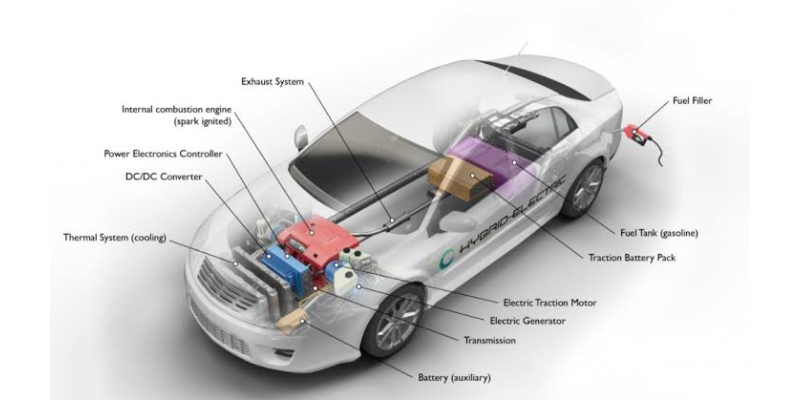
19
Jul, 2019
The working mechanisms of fuel systems of the vehicles
Introduction to the fuel mechanisms of the cars
The prime function of the engine fuel system is to store and transfer the fuel to the engine to generate the power of the thrust for moving the vehicle. The driver collects the fuel and mixes it with air to vaporize the fuel, which can be later used in the combustion process to produce energy or the power for the vehicle. The fuel system and the engine intake process differ from vehicle to vehicle, but the common point in all is the combustion process and ignition of the fuel for the production of power. The fuel system also controls the combustion chamber and the amount of fuel processed concerning the air for the vaporization process.
The journey of fuel from static to dynamic process
In the first step, the fuel is stored in the fuel tank, which is later transferred to the fuel injectors (Commonly called as carburetors and throttle body injectors in the traditional models). The fuel pump pumps the fuel out of the tank and transports it through the fuel lines, which have fuel filters.
The injectors generate the combustion process in the vehicle. The combustion and injection process can be divided into two steps
- Atomization or vaporization
- Spray pattern
The atomization process in the combustion chamber of the engine occurs due to the injection pressure of the injector as it possesses little holes on the surface. The angling, number of holes, and spacing between each hole determine the spray pattern of the process.
The different types of fuel systems
There are two types of fuel systems in general, they are
- Return type and
- Return-less type
The return type of fuel system
The return type fuel system contains the pressure regulator to maintain the equal flow of the fuel and the vacuum inside the engine.
The return-less fuel system
The return-less fuel system consists of the PCM or the powertrain control module. The powertrain control module mounts a sensor on the fuel injector. The sensor controls the fuel control inside the engine. This means when the speed of the motor increases, the PCM increases the rate and the duration of the injector to maintain consistency in the flow of the fuel.
The fundamental flaws in a fuel system
- Engine choking or unable to start
- Difficult to accelerate
- Increased fuel consumption of the vehicle and
- Excess of smoke leakage from the silencers present at the rear end of the car.